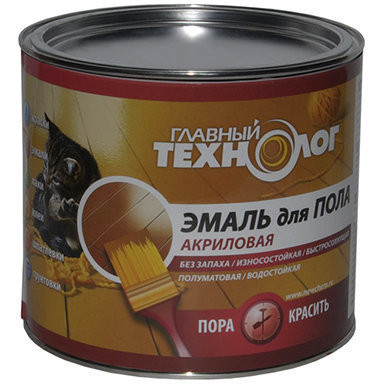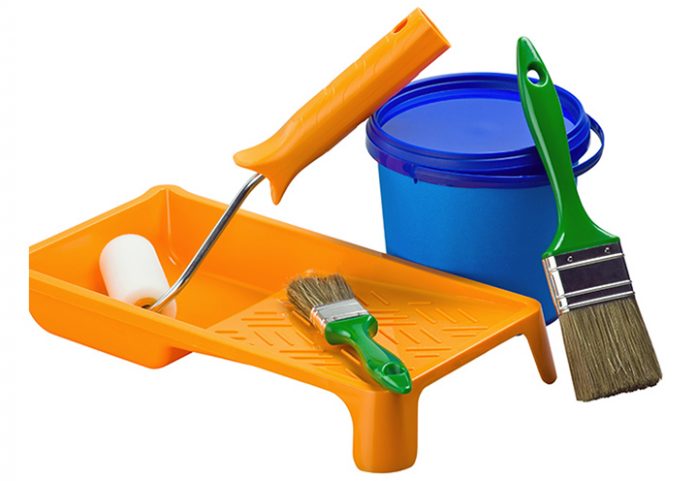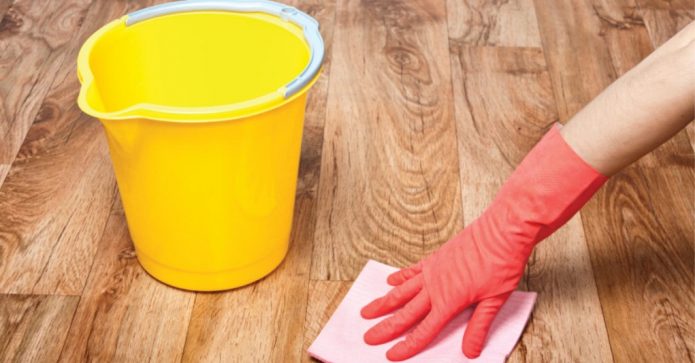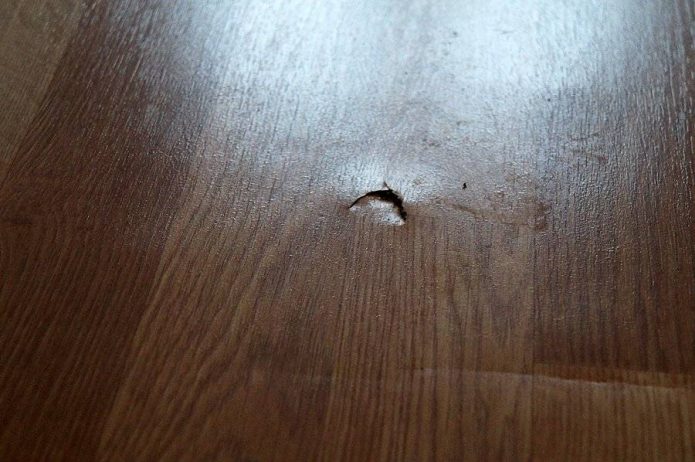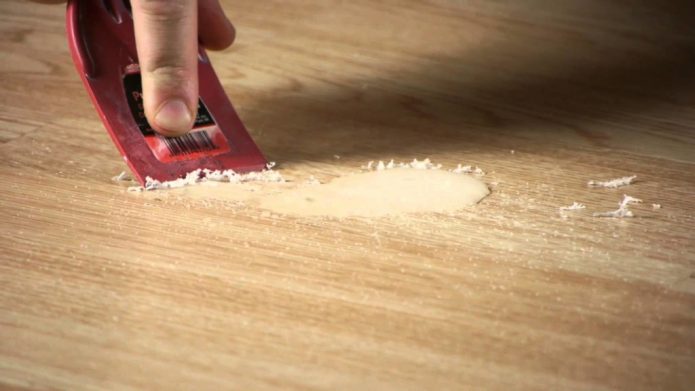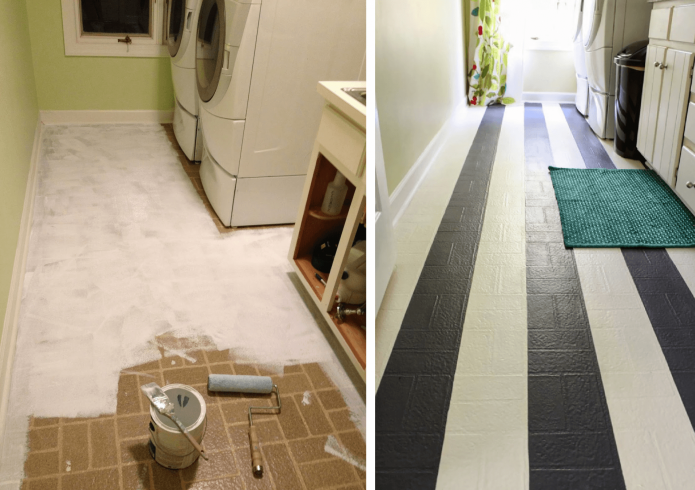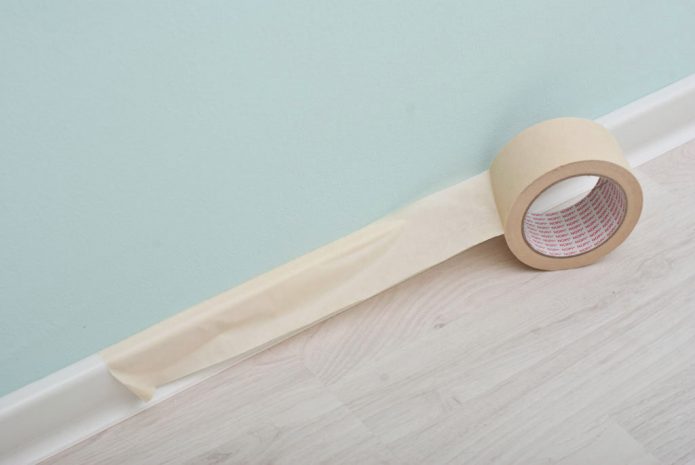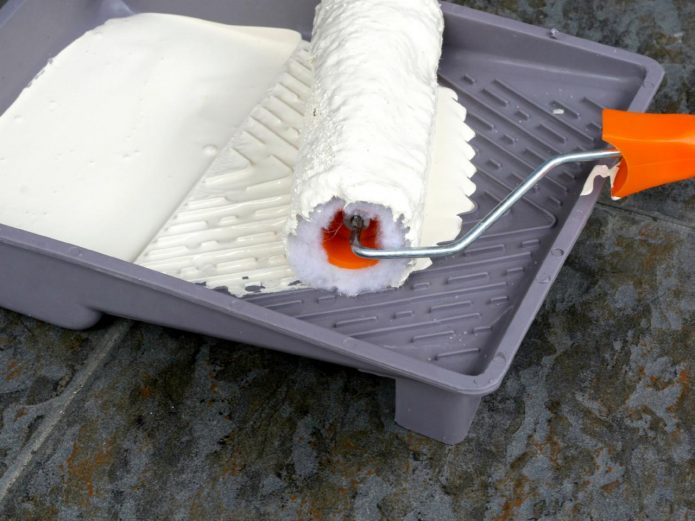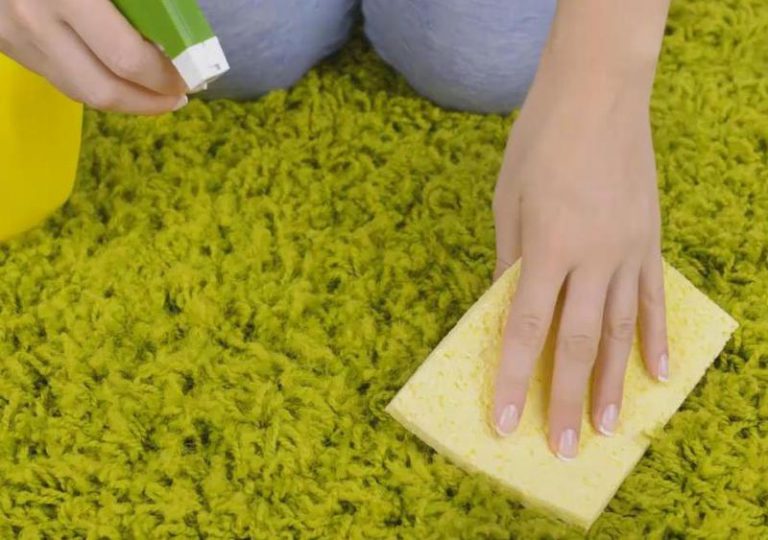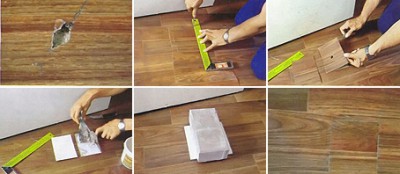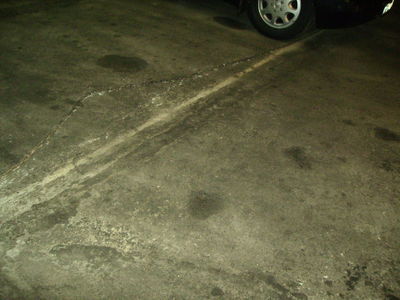How and what to paint linoleum at home
Soft rolled floor coverings are great for painting, but before you paint linoleum, you need to familiarize yourself with the phased technology for performing such work, as well as choose the best paint composition for the main characteristics.
Which paint is right
There are several types of paint that allow you to easily and quickly bring worn linoleum in proper condition. Such materials differ not only in price but also in quality.
Alkyd enamel has increased resistance to high humidity and ultraviolet rays, and is also characterized by its versatility and long service life.
Acrylic enamel is characterized by increased wear resistance, and also most effectively counteracts negative external factors.
Heat-resistant paint material has good resistance to any thermal effects and ultraviolet rays.
How to paint linoleum at home
To get the most reliable and aesthetic flooring, it is necessary not only to choose the right paint composition, but also strictly follow all stages of painting, including thorough surface preparation and proper application of paint.
What you need for work
After the paint is selected and purchased to update the appearance of the flooring, care should be taken to prepare the working tool.
For self-coloring of soft roll materials, a standard minimum set of tools is used, presented:
- a bath or a special tray for paint;
- a bucket filled with clean warm water;
- rags;
- soda ash;
- silicone sealant or putty;
- masking tape;
- primer or varnish.
A prerequisite for the performance of painting is the use of work gloves and a mask or respirator.
Preparatory stage
The quality of the flooring in the form of linoleum directly depends on how thoroughly and correctly the surface preparation is performed.
- Removing dust and any contaminants from the surface of linoleum with a soda solution, followed by mopping with clean, warm water.
- After the surface has completely dried, the material should be inspected for breaks or cracks.
- Carefully sealing all identified damages with silicone sealant, primer and putty.
Painting
- The application of paint on the floor can only be started after all cracks or breaks in the linoleum that have been treated with putty and primer are completely dry.
- Drawing masking tape on the walls around the entire perimeter of the room. Such a measure will prevent accidental painting of surfaces.
- If necessary, dilute the paint or enamel with a special solvent, and then pour the coloring composition into a special bath or tray.
- Proceed to apply paint to the coating, starting from the wall furthest to the door. After the first layer has completely dried, the second should be applied, which will help to obtain a solid and uniform staining of the surface.
Repair work does not always go bankrupt for the family budget. Updating linoleum with paint is a quite affordable and easy-to-do way to update the old flooring.


